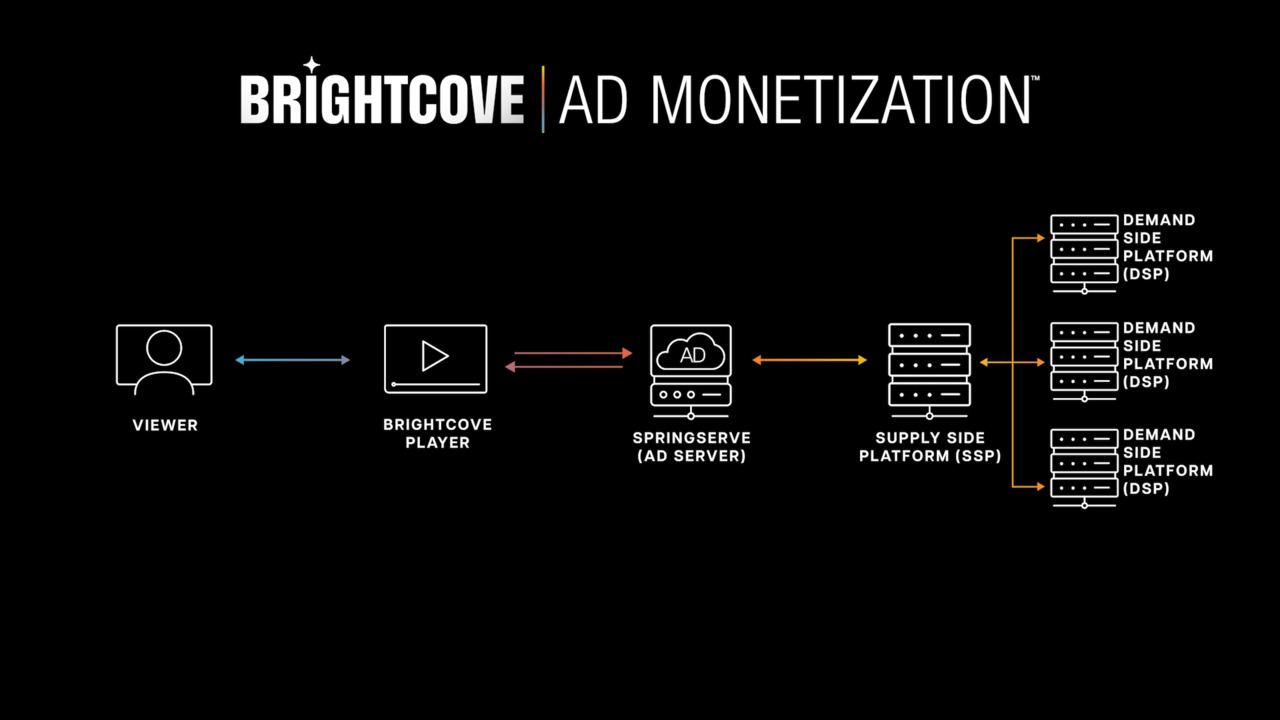Why the Demand for Sports Streaming is Skyrocketing
Media
Traditional televised sports are facing some pretty tough times. Of course, we’ve all seen the empty ballparks and stadiums that have symbolized the challenges of the past year. It gets worse when you look at the changing habits of viewers, with more than 6 million cable subscribers cutting the cord with their provider each year.
Over-the-top (OTT) streaming has stepped into this void and is delivering powerful results. Even the mighty Super Bowl, compared to years past, saw streaming viewership increase by 67%.
Brightcove’s recent Virtual Panel Discussion, “Changing The Game: Why Sports Streaming Is On The Rise,” explores the many ways that OTT is impacting the sports industry and how teams and organizations are tapping into its vast potential.
Our panelists for this discussion included:
- Kassidi Gilgenast, Chief Marketing Officer, USA Volleyball
- Kris Knief, Director of Business Intelligence, Black Knight Sports & Entertainment
- Amanda Weiner, Senior Director of Digital Media & Ticketing, US Golf Association
Here are some of the highlights from our roundtable that focused on the strengths of OTT.
MEETING PEOPLE WHERE THEY ARE
As the world continues to evolve beyond traditional viewing of sports, teams, leagues and organizations are using OTT to stay relevant and remain accessible to their audiences.
- Up to 66% of all video views start on mobile devices, creating opportunities for OTT to strengthen brand awareness while increasing viewership.
- OTT accessibility on smart TVs provides viewers the big-screen experience they crave, while streaming through gaming consoles helps capture the attention of a younger demographic.
- Social channels can also include links to events or content powered by OTT, creating an immediate connection that converts a follower into a viewer.
DELIVERING MORE THAN JUST THE GAME
Most games are finished in just a few hours. But OTT extends the fan experience, offering content that keeps eager fans engaged.
- With content available before, during and after the game, fans have more of an opportunity to stay connected with their favorite athletes and teams.
- Shoulder content, like athlete interviews, behind-the-scenes footage, analysis, and pre-recorded extras keep fans watching between games and even seasons.
- OTT gives teams and organizations a whole new opportunity to create original content. Archival footage, for example, can be refreshed and reformatted to appeal to new audiences.
SCALING TO AUDIENCES, RELIABLY
With audience numbers fluctuating at different moments throughout a match or game, it’s crucial that an OTT solution remains scalable. Plus, there’s never room for error or downtime, especially when it comes to high-profile playoffs and championships.
- Certain athletes have a larger fan following than others. When an A-list athlete is on camera, stream traffic spikes, and that surge in viewership must be handled.
- Also, with so many sporting events taking place outdoors, the variables of weather further emphasize the need for reliable streaming.
- Many events, like golf tournaments, also take place at different locations and venues each year, highlighting the need for a consistent OTT solution to handle those variances.
The world loves sports – there’s no denying that. And as we slowly emerge from this pandemic, the energy and excitement of the games we love will surely be in demand like never before. OTT will play a major role in meeting that demand, and Brightcove’s award-winning technology will push OTT faster and further.



